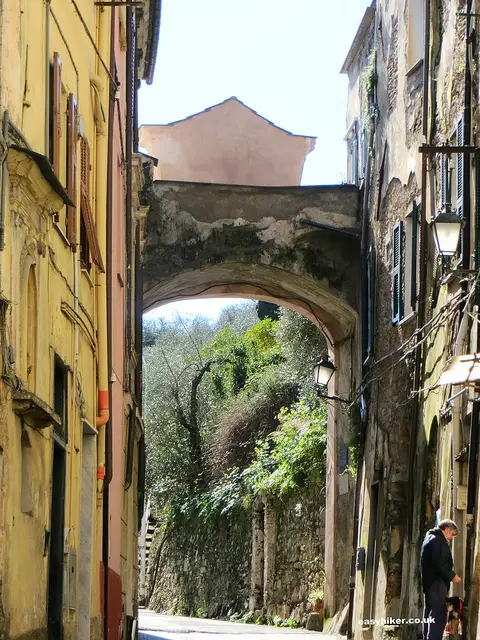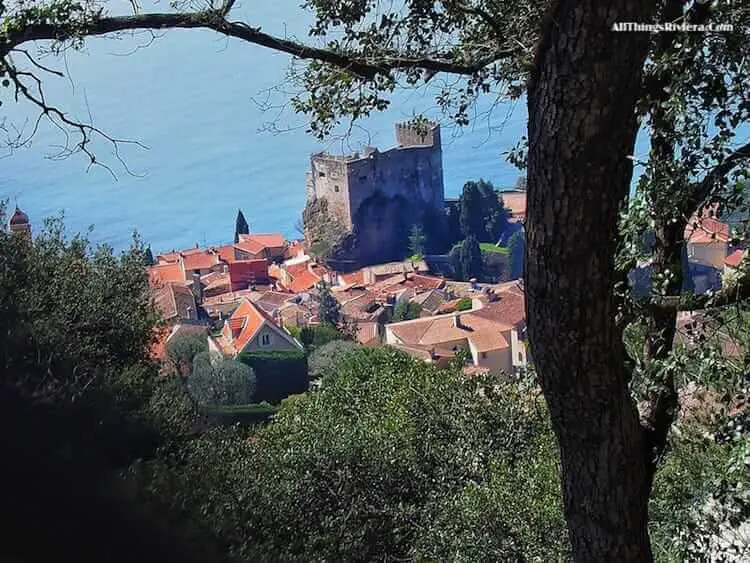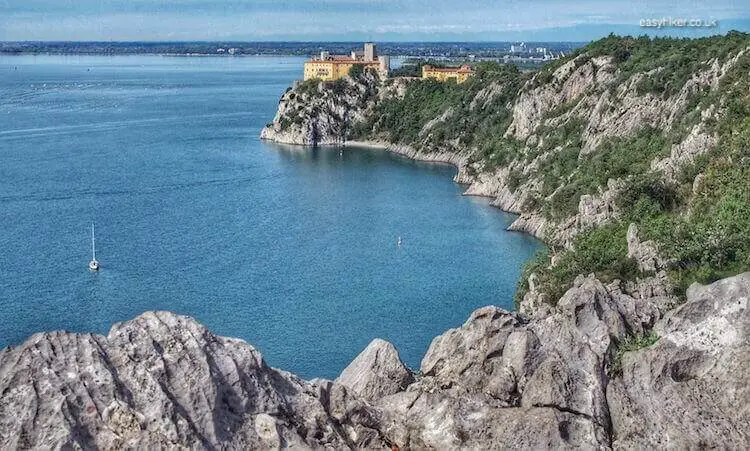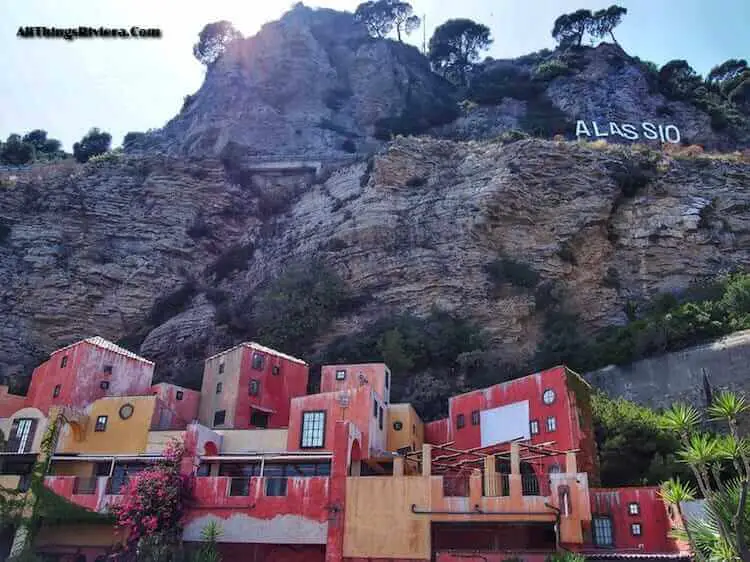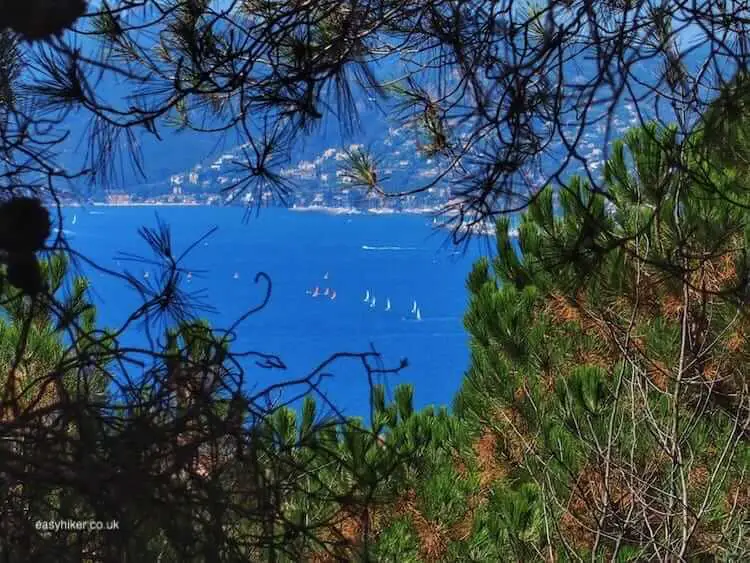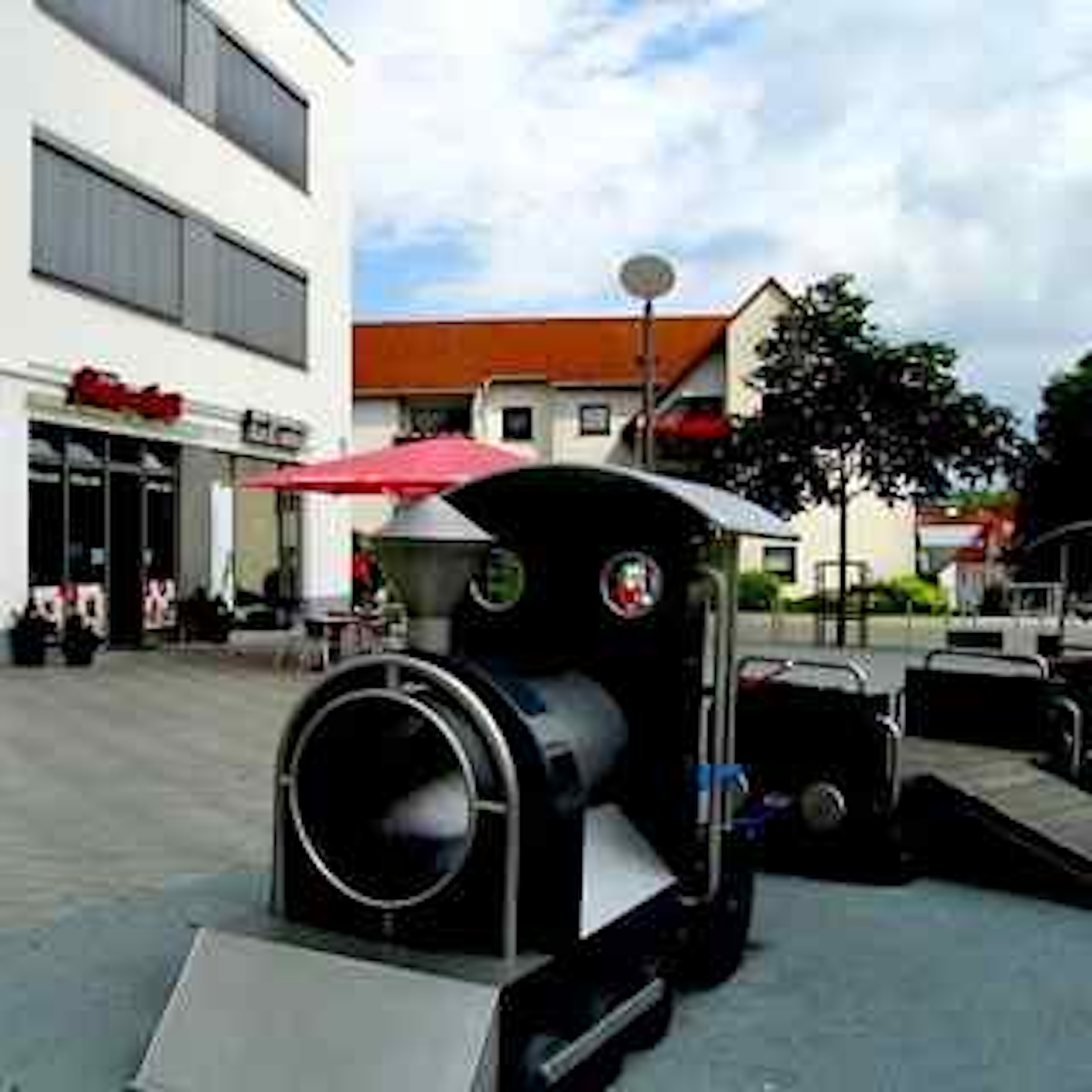Walks in the Italian Riviera
Taggia and Arma – a tale of two towns
Another “two Italian towns for the price of one” walk, but one with a difference.
You may remember: last year, we invited you to accompany us on a walk from Porto Maurizio to Oneglia, the two sister towns that together make up the municipality of Imperia on the Italian Riviera.
Different as those two towns were – one old and one new, one picturesque and the other industrious, one full of life and one a comatose beauty – there was one thing they had in common: both were located by the seaside.
Today’s walk, conversely, contrasts the inside country with the coast, eloquently illustrating our tale of two towns..
There is one thing, however, that connects the two trips: in either case, the actual walk will be the least interesting bit of your day.
If anything, the walk from Taggia to Arma is even worse than its predecessor: in Imperia, at least you had the sea, and while it may not always have been visible from the lungomare trail, just knowing it was there provided some sort of comfort.
On any particularly bad stretch, you could always tell yourself: that may be a waste incineration plant over there, but let us not forget that I am walking by the coast of the Mediterranean. The Mediterranean!
In today’s walk, there is no such comfort, because from Taggia station (on the regional main line from the border town of Ventimiglia to Genoa), you are walking towards Taggia town away from the sea, through some sort of semi-urban wasteland.
Mercifully, however, this walk is short, and after a good 30 minutes, you will arrive at the San Domenico convent.
This convent was established in the 15th century and built on a hill around the steeple that you will have seen shimmering through the trees all the way from the station.
It is not, strictly speaking, a part of the Old Town itself, as you may have thought when you first saw the church tower, but rest assured: you are almost there.
First, however, climb up the hill to have a good look around and to enjoy the views over the surrounding countryside,
The San Domenico convent is also Number One on Taggia City’s itinerary through its Centro Storico. Not for the first time, we tried to follow such a route only to find that the arrows on Italian signposts sometimes mean “this leads nowhere at all”, “walk in the opposite direction” or “go here to find something slightly amusing which is not related to the historical route at all”.
Read also: San Rainmo
The numbering system is equally erratic, so you are probably best advised to ignore the arrows altogether and simply explore the town following your own instinct and common sense.
The route from the convent to the town, at any rate, is easy to find: just climb down the hill on the other side, and within a few steps, you will find yourself at the old city gate of Taggia.
Visiting the Old Town of Taggia was a remarkable experience. To fully understand what is going on here, it is, I believe, vital to understand two things: firstly, in the old days, the people on the Ligurian coast preferred to build their settlements inside the country, at least a mile or two away from the seafront, presumably for better protection from pirates.
Nowadays, of course, with piracy no longer the problem that it once was (let’s count our blessings!), everybody wants to live by the sea, which is why the old places – Taggia was built around a medieval fortress – …
… all have a modern twin town on the coast. This is, generally, where all the businesses and the jobs are and where, consequently, all the young people go.
The old medieval villages can seem, by comparison, lifeless and abandoned.
Secondly, Italy owns the largest number of culturally important buildings and protected towns among European nations, not, however, the largest hoard of cash. There simply is not enough money to preserve everything, and one has to set priorities.
Once the Major League cultural attractions (Rome, Florence, Venice) have been taken care of, and then the Triple A and the Double A cities, there is little or no money left for the Class A towns.
The whole system works like a “cultural triage”: save what is most important and let places like Taggia – which is full of 16th century and 17th century palazzi , built by aristocratic families that the likes of you and me have never heard of, and overall of no great historical importance – quietly crumble away.
There must be hundreds of such towns all over Italy. Taggia, lest we forget, is located in one of Italy’s more prosperous regions. I wonder what it is like in the south.
We had come early to Taggia, since Mrs. Easy Hiker wanted, for once, to experience an Italian town when the shops were open (the three-hour lunch break is a sacred institution in provincial Italy).
But we needn’t have bothered: there are no shops in Taggia, so we found ourselves with plenty of time for lunch. (There are a few cafés and small restaurants on Via Roma, just outside the Old Town.)
We then took the bus to Arma rather than having to walk all the way back to the station which is located roughly half way between the two towns. You can buy your tickets on the bus for € 2.50 each or at a Tabacchi (tobacconist) for €1.50.
Arma, on the coastal side of the train station, is a pleasant little seaside town with a new-ish church, palm trees and a pleasant line of seafront restaurants.
Even at this time of year, long before the start of the tourist season, there was, as one would have said in a more innocent age, a certain gayness about the place.
We were certainly not surprised to discover that Arma has twice as many inhabitants as Taggia. There may be nothing remarkable about Arma – the Italian Riviera is full of places like that – but the ordinary is often a greater source of pleasure than the outstanding and the “sublime”.




